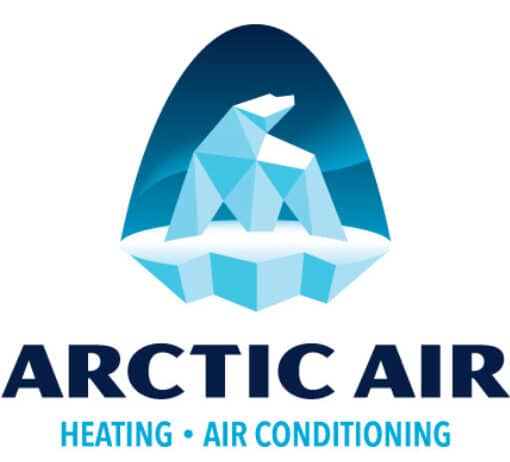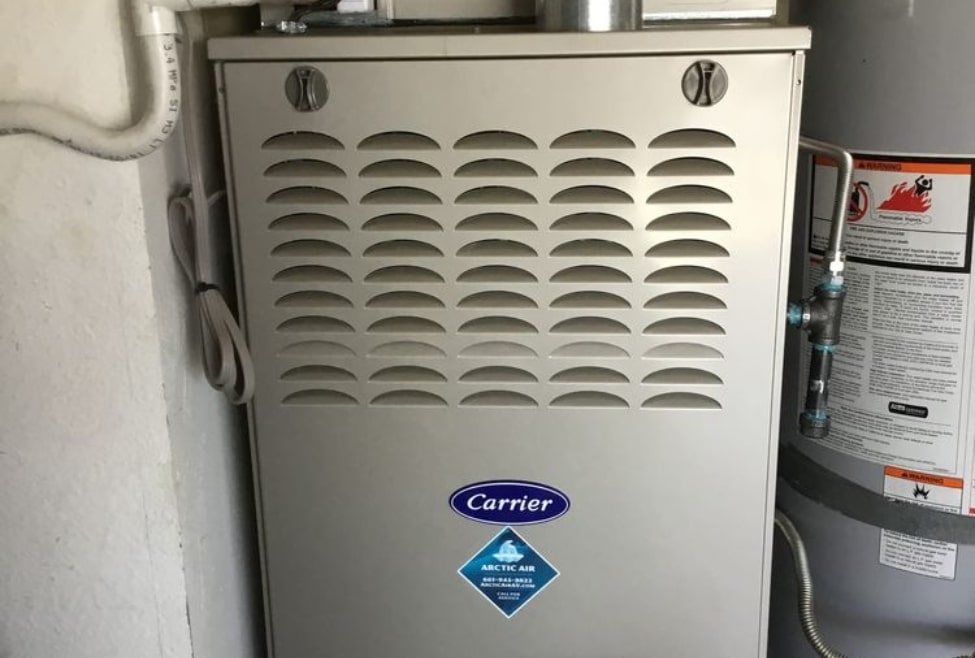Furnace Codes and What They Mean
Struggling With Furnace Codes?
When your furnace displays an error code, it can be both confusing and frustrating. Understanding what these furnace codes mean is crucial for diagnosing issues and ensuring that your heating system runs smoothly. Whether you’re dealing with an issue in the middle of a chilly winter night or you’re preparing for routine maintenance, knowing how to interpret furnace codes can save you time and money. At Arctic Air, we specialize in providing furnace repair and HVAC services throughout Palmdale, Lancaster, Tehachapi, and the surrounding areas. In this blog post, we’ll walk you through some of the most common furnace codes and what they indicate, so you can act swiftly when issues arise.
Common Furnace Codes and Their Meanings
Furnace codes are diagnostic tools that indicate specific issues within your heating system. These error codes help pinpoint the root cause of the problem, making it easier for a professional technician to address the issue. While furnace codes can vary by brand and model, most modern systems utilize a series of alphanumeric codes that are easy to decipher.
1. Limit Switch Error Code (e.g., 2 flashes)
A limit switch error suggests that your furnace has overheated. The limit switch is a safety feature that shuts down the furnace if it gets too hot, which helps prevent a fire hazard. If this code appears, there could be issues with airflow, clogged filters, or even a malfunctioning blower motor. You can trust Arctic Air for quick and reliable furnace repair services to address any limit switch error in Quartz Hill, Rosamond, or Acton.
2. Ignition Failure Code (e.g., 3 flashes)
An ignition failure code usually indicates that your furnace is having trouble lighting up. This could be due to a dirty flame sensor, a faulty igniter, or issues with your gas valve. If your furnace struggles to start or frequently shuts off, you may need a professional inspection. Our experienced technicians at Arctic Air can quickly diagnose the problem and restore your furnace’s functionality in Littlerock or nearby areas.
3. Pressure Switch Error Code (e.g., 4 flashes)
One common furnace code you might encounter is a pressure switch error, which typically means that the system isn’t getting the airflow it needs. This could be due to a clogged vent, blocked exhaust, or an issue with the inducer fan. It’s essential to address this problem quickly to prevent your furnace from overheating. If you spot this error, don’t hesitate to contact Arctic Air for furnace repair services in Mojave or Acton.
4. Flame Sensor Error Code (e.g., 6 flashes)
Flame sensor problems are another common issue that often leads to a furnace error code. If the flame sensor is dirty or malfunctioning, it can cause your furnace to shut down unexpectedly. Cleaning the flame sensor is typically part of routine maintenance, and it’s essential to address any flame sensor issues immediately to prevent further damage. Arctic Air offers comprehensive furnace services, including flame sensor repair and cleaning, in Quartz Hill and surrounding areas.
5. Low Gas Pressure Code (e.g., 7 flashes)
This furnace code usually indicates that the system isn’t receiving adequate gas supply, which could be due to a gas valve issue or low gas pressure. It’s important to address this problem promptly, as continued operation under low gas pressure can cause further damage to the furnace. Arctic Air provides expert gas furnace repair services, ensuring that your system runs efficiently in Rosamond, Acton, and nearby areas.
6. Heat Exchanger Error Code (e.g., 8 flashes)
A malfunctioning heat exchanger is a serious issue that requires professional attention. The heat exchanger is responsible for transferring heat from the combustion gases to the air in your home. If it fails, it could lead to carbon monoxide leaks or a furnace breakdown. Arctic Air offers expert furnace inspection and repair services in Palmdale, Lancaster, and more, ensuring that your system is running safely and efficiently.
When to Call a Professional for Furnace Code Troubleshooting
While understanding furnace codes is helpful, some issues require professional intervention. If your furnace displays any of the codes mentioned above and you’re unsure how to fix them, it’s best to call a licensed HVAC professional. Arctic Air offers expert furnace troubleshooting and repairs throughout Palmdale, Lancaster, Tehachapi, and surrounding areas. We can quickly diagnose the issue and get your system back to running smoothly.
Benefits of Furnace Maintenance
Preventing furnace issues before they arise is the best way to keep your system running efficiently. Regular furnace maintenance can help you avoid dealing with furnace codes and the problems they represent. Our team at Arctic Air provides comprehensive furnace maintenance services to ensure your system is ready for the colder months. Regular maintenance can help improve energy efficiency, reduce breakdowns, and extend the lifespan of your furnace.
Stay Warm with Reliable Furnace Repair from Arctic Air
If you’re experiencing furnace codes or any other heating issues in Palmdale, Lancaster, Tehachapi, or the surrounding areas, don’t hesitate to contact Arctic Air for fast and reliable furnace repair services. Our team is dedicated to keeping your home comfortable year-round with expert HVAC services. Whether it’s a simple fix or a more complex repair, we’re here to help.
FAQs
How do I reset a furnace?
To reset your furnace, first, locate the furnace’s reset button, typically found on the control panel. If you can’t find a button, check the manual for instructions. Here are the basic steps:
- Turn off the furnace: Switch off the furnace using the power switch or the breaker.
- Wait 30 minutes: Allow the system to cool down and reset itself.
- Turn it back on: After waiting, switch the furnace back on, and check for any error codes on the thermostat or control panel.
If the furnace doesn’t turn back on or continues to show an error code, there may be a deeper issue, and you may need professional help.
What do the letters on a furnace mean?
The letters on a furnace usually represent the error codes that indicate specific malfunctions. Common furnace codes include:
- E or F: Indicates an error or failure, such as a flame sensor issue or ignition failure.
- C: Refers to a communication issue between the furnace and the thermostat or control board.
Understanding these codes can help you troubleshoot minor problems, but it’s often best to consult with a professional HVAC technician for a proper diagnosis.
What are the letter codes on a thermostat?
Thermostat error codes are used to indicate issues with the system or the thermostat itself. Common letter codes you may see include:
- E1, E2: Sensor problems or wiring issues.
- H1: Indicates heating-related issues, such as a failure to reach the set temperature.
- C1, C2: Communication issues between the thermostat and the furnace.
These codes help you identify specific problems, but it’s recommended to contact a professional for a thorough inspection.
What do the numbers on a furnace mean?
Furnace numbers are typically used to represent specific model types, serial numbers, or error codes. Furnace error codes often come as numbers and may look like:
- 33, 34, 31: Indicate specific issues, such as a flame sensor or pressure switch failure.
- Normal numbers (1-9): Often refer to the stage of operation or heating cycle.
Each manufacturer has its own set of numbers and codes. Refer to your furnace manual for a detailed breakdown of these codes.
What is a bad thermostat code?
A bad thermostat code means there’s a malfunction in the system or communication failure. Common “bad” thermostat codes include:
- E3, E4: Indicates an issue with the thermostat’s sensor or wiring.
- “No signal”: Often means the thermostat is not receiving power or communication from the furnace.
A “bad” code typically requires troubleshooting or professional help to resolve.


